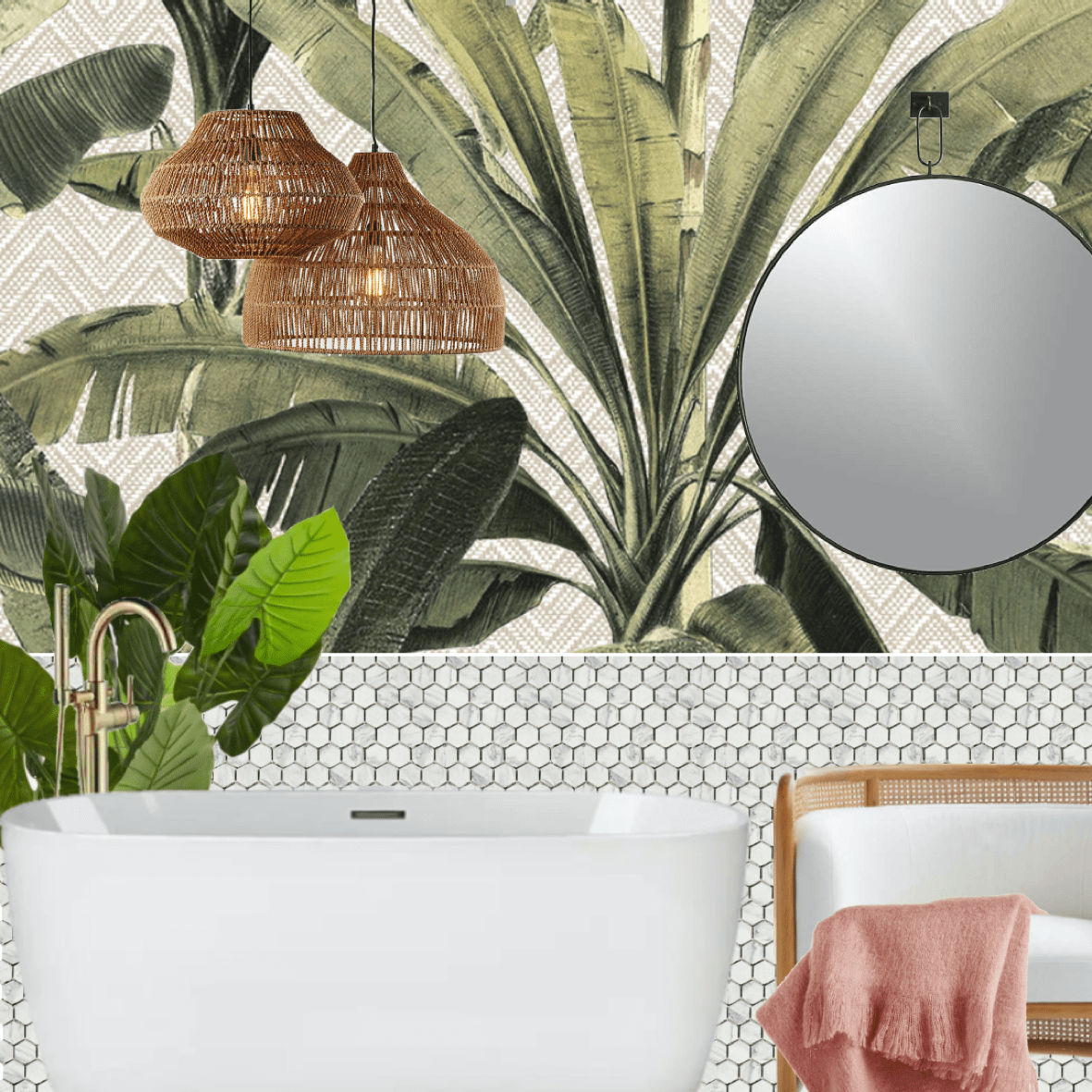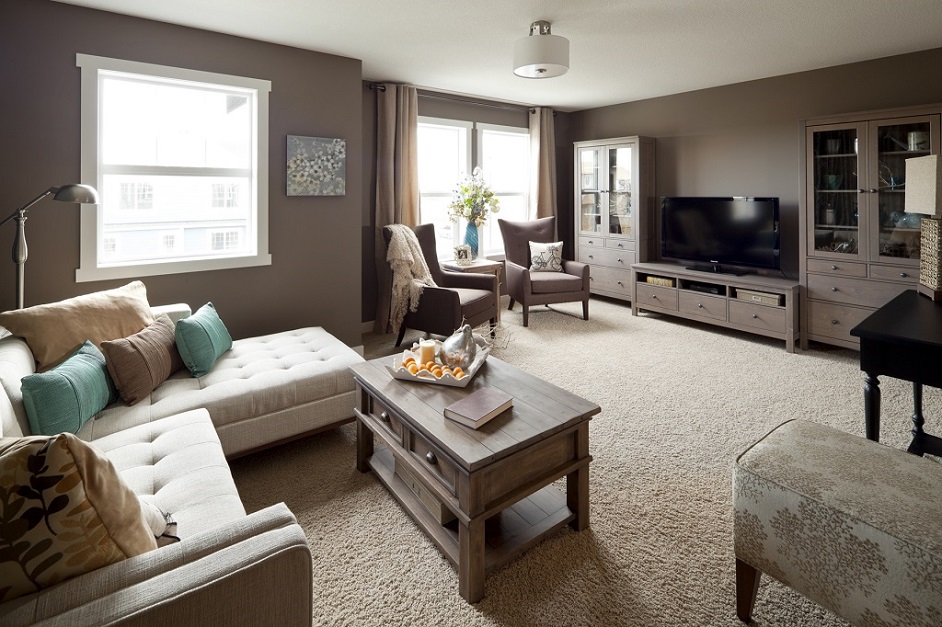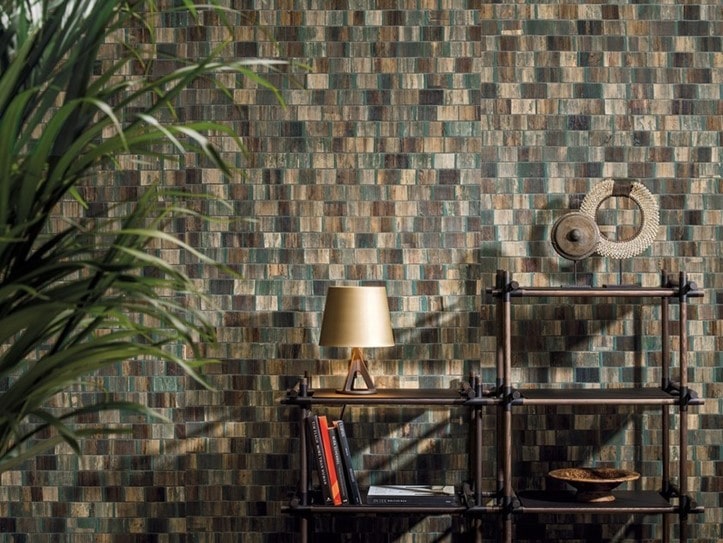The term Interior Designer is sometimes confused with Interior Decorator – however the art of interior design extends well beyond surface aesthetics. Interior designers are accredited professionals with a minimum of two – four years of education in technical design. Think of them as an interior architects who can help with everything from functional space planning and design, all the way through the construction process.
How An Interior Designer Can Help
An interior designer focuses on multiple elements when planning a space, to ensure the right balance of function, flow, mood and style. They can help you visualize your desired result with 3D renderings, create lighting plans that set the right mood and fulfill the needs of the space, select flooring, lighting, cabinetry and hardware, design custom built-ins, produce full construction drawings, manage budgets and contractors, and even help with final touches such as furniture and décor.
When to Involve an Interior Designer
An interior designer will take a holistic approach to your project; so engage them early on in the process to eliminate guesswork and reduce frustration. Having a wish list of what you want to achieve, some examples of your preferred style and a realistic budget are what you should prepare in advance. Creating an online inspiration book on Pinterest.com or Houzz.com is an easy way to share your likes, dislikes and style preference with your designer.
Finding a Qualified Interior Designer
The American Society of Interior Designers is a great resource for finding a professional interior designer, as its members have to meet strict qualifications, including passing the National Council for Interior Design Qualification (NCIDQ) exam. Asking friends, colleagues and other industry partners (contractors, furniture stores, flooring companies, etc.) for recommendations is another way to find a qualified professional in your area.
Hiring an Interior Designer
Start by interviewing 2 – 3 potential candidates, and always ask about past experience, including years in practice, level of education and number of additional industry qualifications (e.g. NCIDQ); how fees are calculated (hourly, flat rate, cost plus, by square footage); and for examples of previous work. While a strong design portfolio will include a variety of project types (e.g. residential, commercial, small and large scale, etc.), every designer has an individual flare that he or she brings to a project, so be sure to find a style that’s inline with your vision. If a designer’s credentials and experience meet your requirements then the final step is to ensure that there is a personality fit. You’ll spend a lot of time togethe and a good working relationship is key for a successful process and end result.






